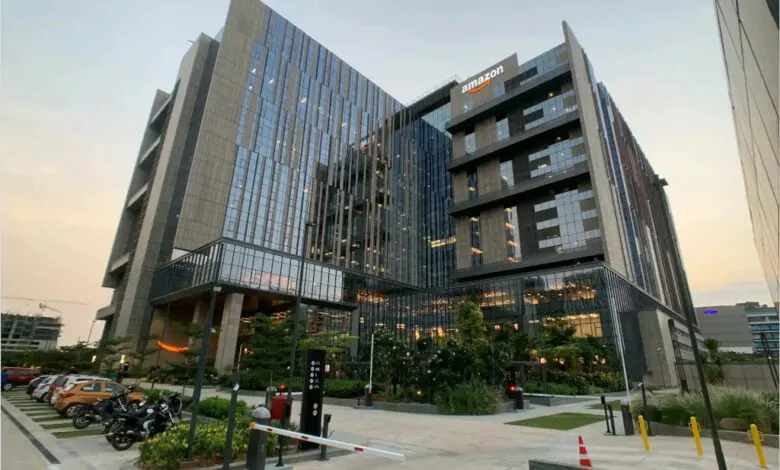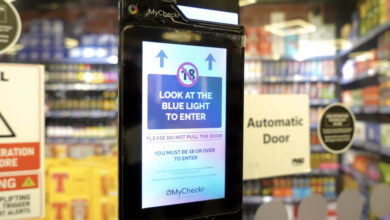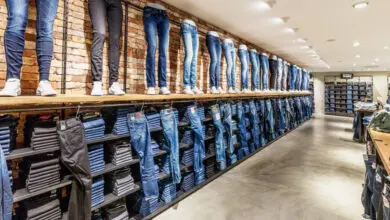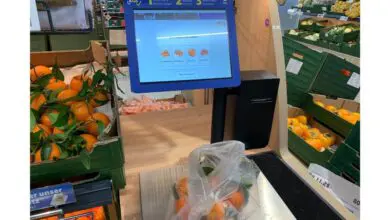
When the world’s largest online retailer presented its concept of brick-and-mortar grocery stores without scanning and without physical checkouts under the name ‘Amazon Go’ in a video on 5 December 2016, most retail technology experts, who have spent decades working on optimising checkout processes down to the last detail, thought the whole thing was a scam that Amazon was using to get millions more in investor money.
And they may not have been entirely wrong. However, it took until April 2024 – and over a hundred scanless stores operated by numerous retail groups later – for the alleged bluff to appear in the newspapers: Over 1,000 people at monitors in India, it is now said in public media, decide for Amazon on the basis of video sequences on cases in which the AI just does not provide a certain result on the question of whether a shopper has taken a product or not, whether he has put it back or not. There was never a complete automation – rather a relocation of cashier jobs to low-wage countries. Amazon employs 15,000 people at computer workstations just in its building in Hyderabad, India – on a gigantic 38,000 square metres of office space.
The fascinating part of the story is how the industry has dealt with the knowledge that scanless stores are not fully automated. When The Retail Optimiser asked experts from the technology sector and their customers in retail for publishable statements on the question of how much manual intervention their scanless technology requires, they always refused. (If this should now be changing, dear readers: you can find our contact details here on the website).
Taboo subject manual processing
Behind closed doors, The Retail Optimiser team has always been told that the reason why there is no digital shopping basket set up in real time on the shopper’s smartphone – as they are used to from online shopping – is because manual checks are carried out in low-wage countries. However, nobody wanted to be quoted on this. Not even critics of the technology.
Even before the Retail Optimiser published its first article in 2020, it was completely clear to the editorial team’s interlocutors from the retail technology scene that people in low-wage countries were deciding on doubtful cases of shopping in scanless stores: This was reported by both the technology providers themselves and their users in retail.
The industry’s leading media remained silent
The leading industry media in the US and Europe such as Supermarket News, The Grocer, LSA and Lebensmittel Zeitung reported enthusiastically – as far as the Retail Optimiser team can see – on almost every new scanless store opening by the major retail groups such as Auchan, Aldi Nord, Aldi Süd, Tesco, Sainsbury’s, Edeka’s Netto and Rewe Group with their numerous technology service providers such as Trigo, Aifi, Zippin, Pixevia, Cloudpick, Grabango and also Amazon. However, there was no mention of the all-important question of how many of the transactions had to be manually post-processed and where this was done.
When The Retail Optimiser described the problem in December last year on the occasion of Rewe Group’s announcement to open more scanless Pick&Go stores in Germany, it was quoted by some consumer media. Rewe’s press office answered an enquiry from Westdeutsche Allgemeine Zeitung (WAZ) based on the Retail Optimiser report as follows, according to WAZ: “In general, there are no checks by humans. The idea is grotesque.”
Enquiry with Rewe Group
The Retail Optimiser team subsequently asked the same Rewe press spokesperson again whether this was not a misconception and whether decisions on doubtful cases are made by people at monitors – regardless in which country.
The response from Rewe’s press office reads as if the retail company itself does not know exactly what its technology provider Trigo is doing – in which Rewe Group actually invested: “Rewe has and had no access to images within the self-learning system. (…) We do not carry out any checks. (…) We cannot verify statements from third parties or sources at technology providers and therefore cannot comment on them.”
Amazon continues to use its just-walk-out
And Amazon? Numerous headlines suggesting that Amazon is no longer using its Just Walk Out technology are unfounded. In fact, the giant intends to continue operating its Amazon Go stores without scanning. The company will only stop offering scanless shopping in larger sales areas, such as the Amazon Fresh stores. Instead, Amazon will rely on the Amazon Dash shopping trolleys, which have been in use there since 2020, to register the goods.




